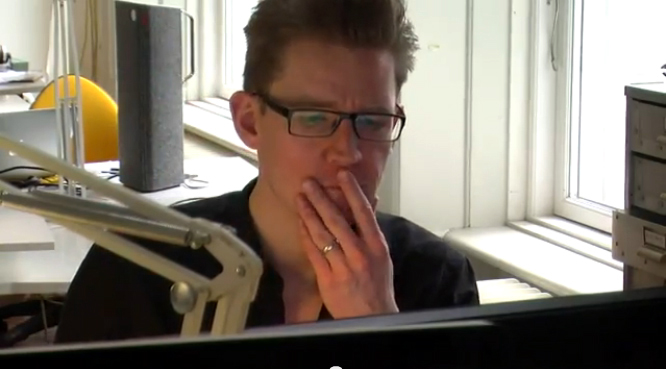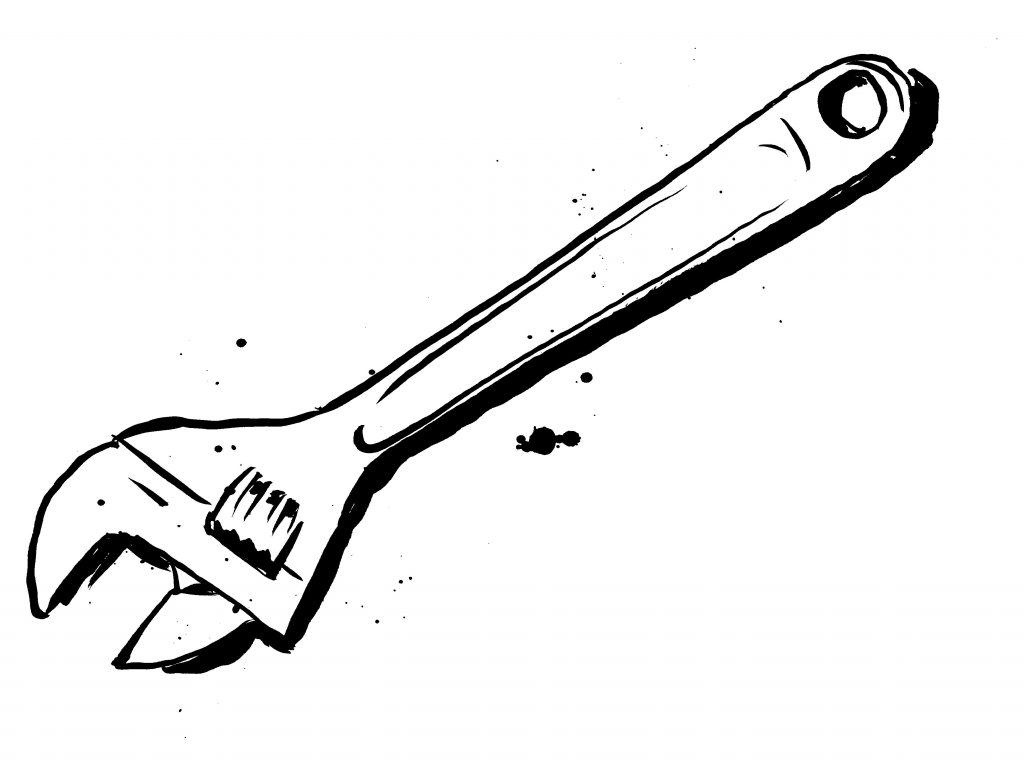So you’ve read all the books on writing, from Syd Field to Scott McCloud and you still struggle with writing a compelling story. Nothing seems to work or hold your interest long enough to get the damn thing finished!
It sounds to me like you’ve been looking for inspiration in the wrong places. Books on storytelling can be great to help you course-correct but rarely feed the creative fire to create something from scratch. You need to turn your looks to your inner self, what stories are bubbling in there that you want to tell? Or read lots of fiction to get inspired for your own stories.
I certainly can relate to jumping from one story to the other, I do it all the time (see this post on writing for scatterbrains: https://comicsforbeginners.com/writing-tips-scatterbrains/). The main difference I think is I have enough discipline and/or experience to either abandon a story with total conviction (after not spending too long on it) or clench my teeth and finish the damn thing at some point.
A friend of mine who’s a very succesful and wildly productive writer once told me: “He who has written is wiser than the one who has not.” Meaning you DO learn and evolve, even though you may end up scrapping the ten pages you just wrote. My friend also suggest keeping all the failed attempts and false starts on file because who knows? Maybe one day that bad idea can be used as a subplot for another story, a character you wrote can be brought back from the dead to play a part in something else, or you will simply get a new idea from skimming through an old one. I personally just found a document I had forgotten I wrote, which turned out to be a pretty decent outline for a crime story that never really found it’s form. Looking at it now it seems perfect to pitch to this new editor I just had a meeting with.
Not everything has to pay off here and now. You can plant seeds and maybe one day some of it will bear fruit. Be patient.
That said, you need to finish something to build your confidence as a storyteller. Every abandoned project that just didn’t work or you lost interest in will add another frustrating chip in your armour, make you feel like a loser. I harp on this a lot, the fact that quitting half way through a project breaks down our self-confidence as creators – and we NEED that self-confidence, it’s at the core of our creative existence. We need to nourish it and shelter in from the slings and arrows of outrageous fortune as Shakespeare put it, keep it safe from the nay-sayers and the sceptics, because they will stomp that thing into oblivion if you let them.
I recorded a podcast episode on quitting that might be helpful: https://comicsforbeginners.com/comics-for-beginners-podcast-episode-30-why-we-quit/
Again, there is the possibility you just don’t have a knack for writing. And that’s totally OK! You can work with a writer or a writing partner (which might also help keep you on track and accountable). I wrote a post on getting an artist on board. If you flip the narrative, you might find some good ideas here: https://comicsforbeginners.com/catch-artist/
Choosing which story to pursue is not easy. Decide early on to ditch the idea or stick the landing. If you find yourself returning to a story again and again in your mind, then it’s time to commit to develop it further. Set a deadline, get an accountability buddy who agrees to read your first draft.
My final piece of advice would be to spend a day or two writing up a synopsis or just notes on a story, then leave it be for a week or more. If you keep returning to the story and characters in your mind, that’s an indication there’s more to explore in that world. If you don’t dream or think about the story at all, doesn’t mean it’s not a good idea – it just means you are not meant to write it.





